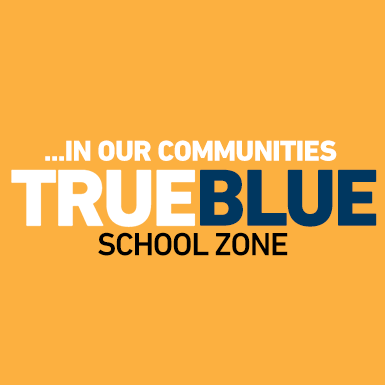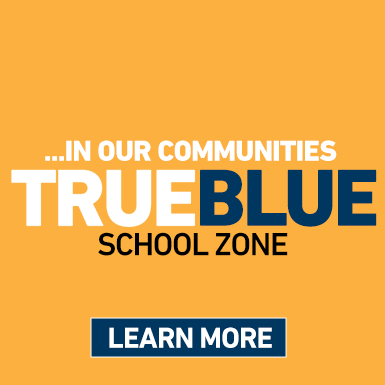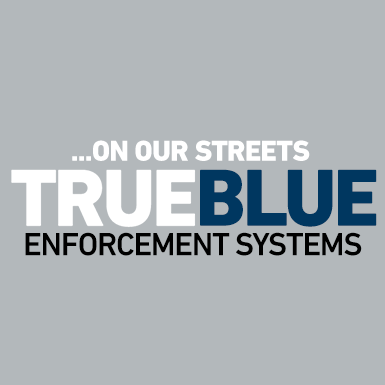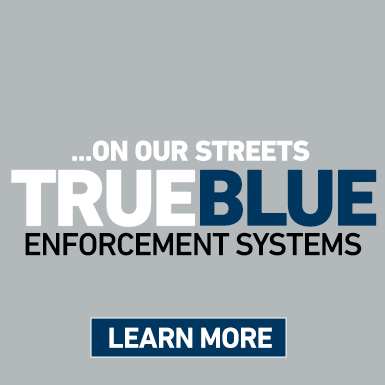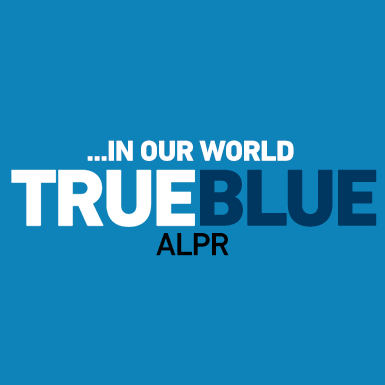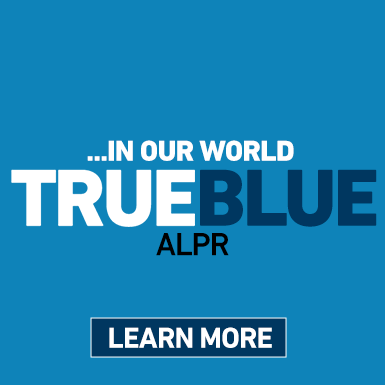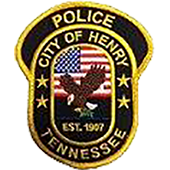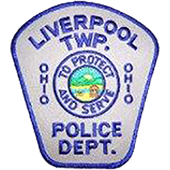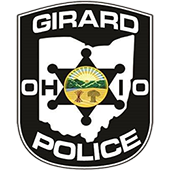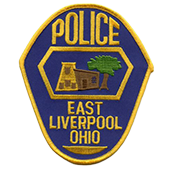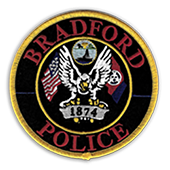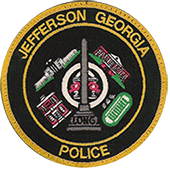Home
Who we are
We are Blue Line Solutions – and we’re not like other traffic safety companies. Built by cops for cops, our founders are veteran police enforcement officers who blend 106 total years of expertise with a passion to save lives. In our school zones, on our streets, highways and construction zones. We’re guided by an unwavering promise…to reduce vehicle speed, increase safety and equip our police agencies with superior intelligence to stop crimes…proactively and effectively. We partner with our communities – from parents to government – to make it all happen. And we’re also the industry’s only mission-focused organization, firmly grounded on the principles of giving back and honoring the fallen.
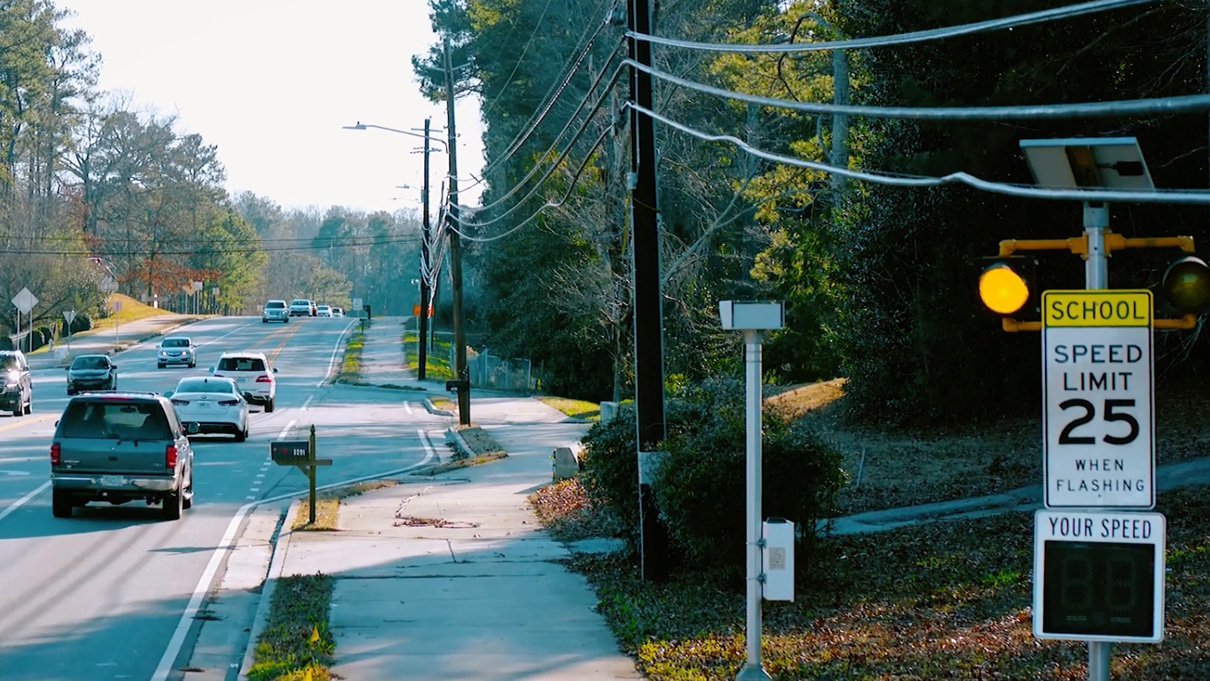
See why our public information and education program saves lives by preventing accidents from happening
What we do
We bring together an unmatched combination of public information and education, photo speed enforcement and peerless technology to reduce speeding and streamline ticketing and collections. We offer hassle-free, end-to-end managed services, from equipment and surveillance to citations and collections. We multiply police manpower – allowing your officers to be elsewhere – to help our agencies get the job done and protect our neighborhoods.
TrueBlue School Zone
School zone safety – prevent tragedy before it happens
TrueBlue Photo Systems
Officer-witnessed, mobile and more
TRUEBLUE ALPR
Broadening the net of crime prevention
Giving back
Honoring the legacy of fallen officers
How we do it
Slowing down motorists……saving lives in our school zones
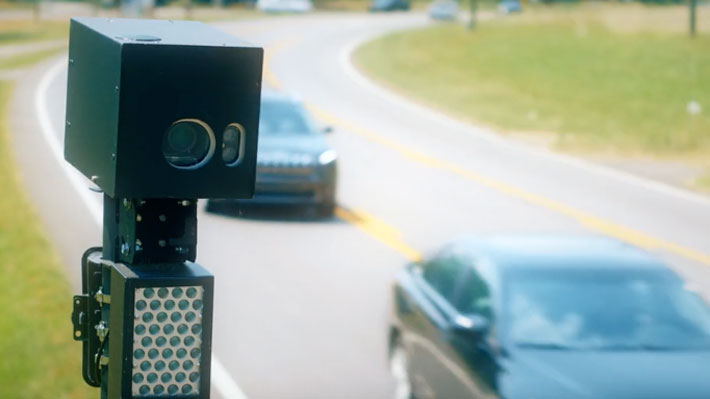
Making a difference in every single school zone: See how you can stop an injury or fatality right now – using cutting-edge data and public engagement.

Making a difference in every single school zone: See how you can stop an injury or fatality right now – using cutting-edge data and public engagement.
HOW IT WORKS
200+
Years of law enforcement experience
100
Percent effectiveness of our LIDAR
92
Percent reduction in speeding
12
years of supporting law enforcement
WHY IT WORKS
200
Years of law enforcement experience
100
Percent effectiveness of our LIDAR
92
Percent reduction in speeding
12
years of supporting law enforcement



